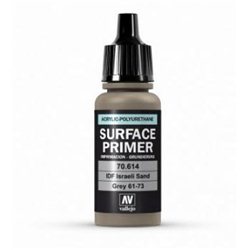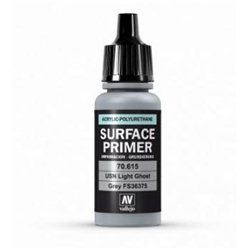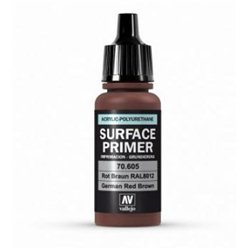A back to back gauge is an instrument for measuring and setting up the distance between wheels on an axle of a model...
No products
Product successfully added to your shopping cart
There are 0 items in your cart. There is 1 item in your cart.
Search Tips
Christmas and New Year
We are dispatching orders every weekday apart from Christmas Day, Boxing Day and New Year's Day.
If you order is time critical, select next day delivery at checkout.
The shop in Sandown is closed from 25th December, reopening on 30th December.
Should I colour match my primer to the topcoat on my model?
When painting a surface, it's important to use a primer before applying the topcoat. The primer acts as a base coat that helps the topcoat better adhere and provides a smooth surface for the paint to be applied to.
In some cases, it may be beneficial to colour-match the primer to the topcoat. This can be especially helpful when painting over a darker colour with a lighter colour. In this case elements of the darker primer are still hinted at under the topcoat. If the topcoat is applied lightly in a gentle build up then it can still leave hints of the primer's darker tones underneath. This can be used as a deliberate process and can be used to indicate age-related wear, fading and depth.
If the primer is a similar colour to the topcoat, it can help to hide the previous colour and reduce the number of coats needed for full coverage. This can save time and make the painting process more efficient.
However, it is also important to consider the type of surface being painted. If the surface is new or in good condition, a neutral coloured primer can be used. This will provide a good base for the topcoat and will not affect the final colour of the paint.
Overall, while it's not essential to match the colour of your primer to the topcoat, it can have advantages in certain situations. Using different colours can be used as a deliberate ploy to indicate depth and tonal variations. Like so many aspects of modelmaking, it is very much down to personal preference and the specific requirements of the project at hand.
Click here to receive the tips weekly in your mailbox. You can unsubscribe at any time.










